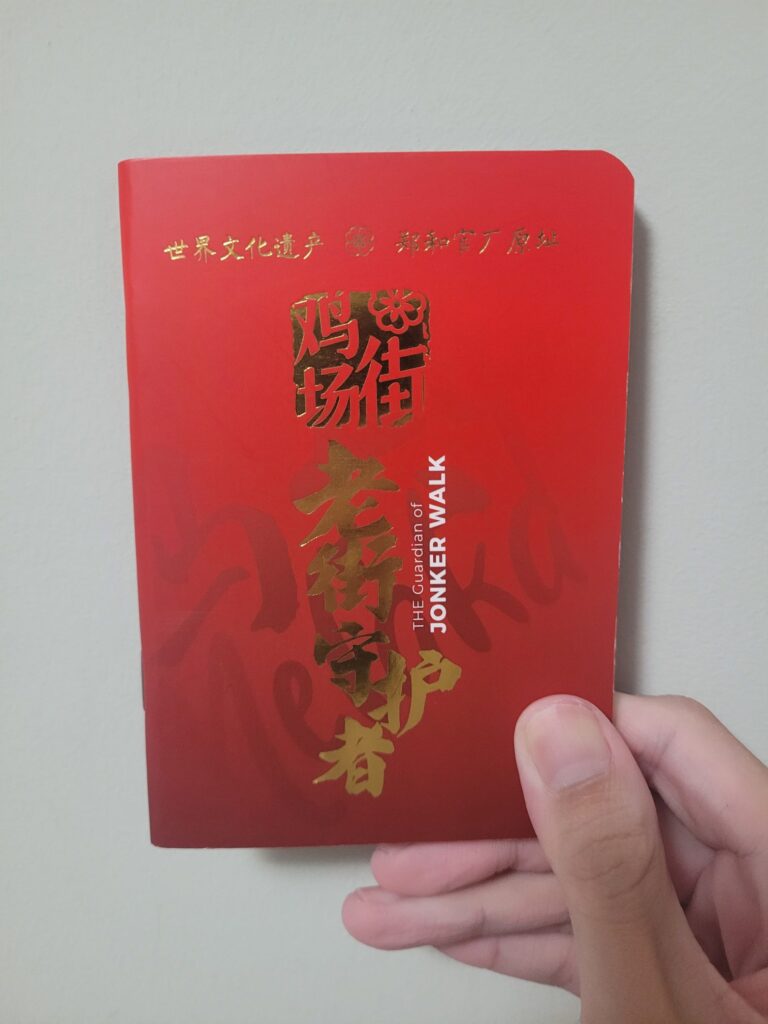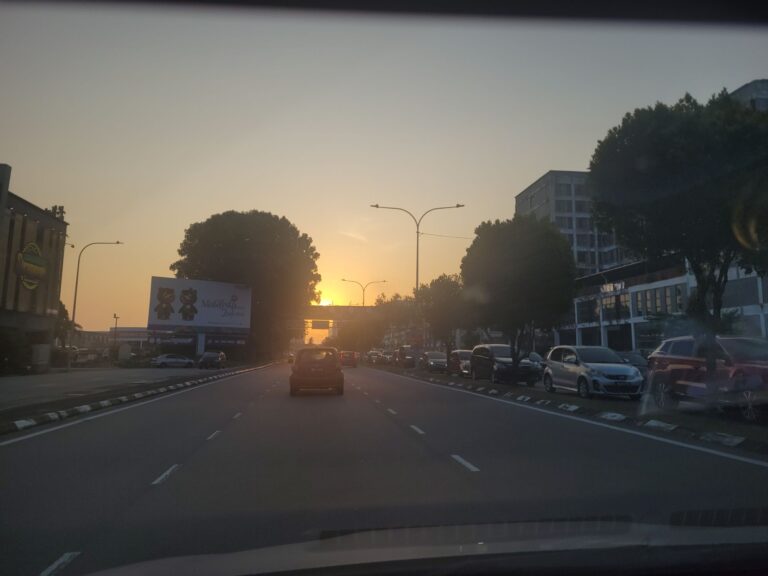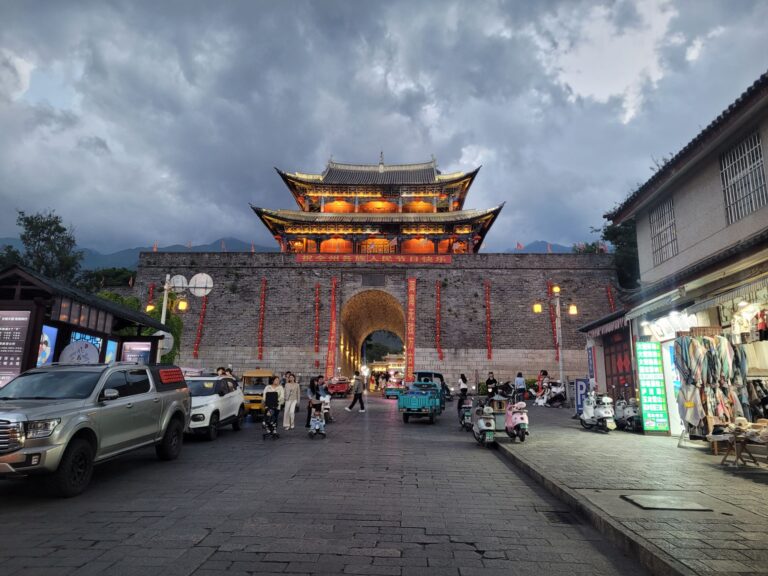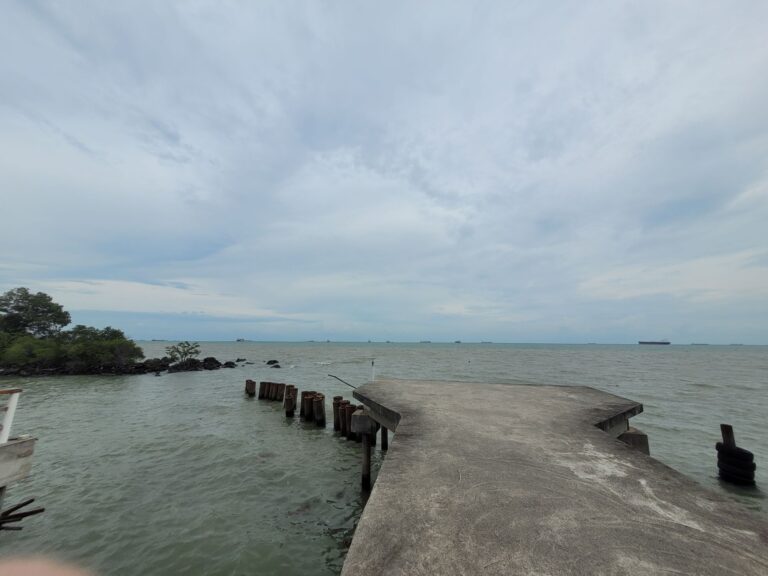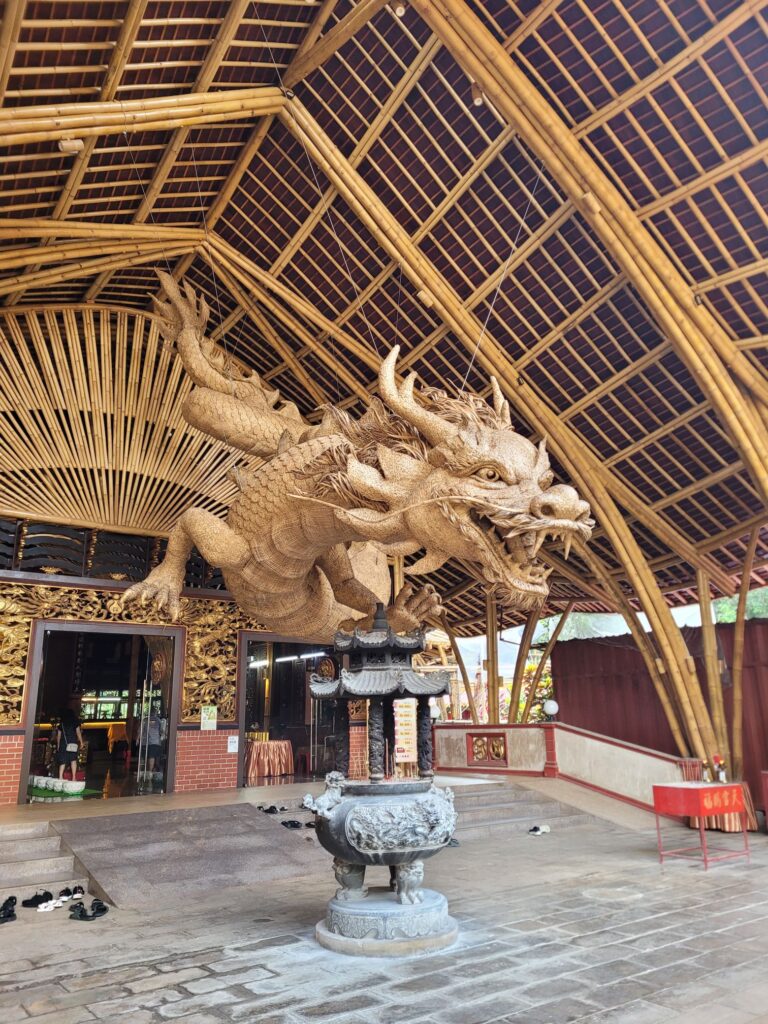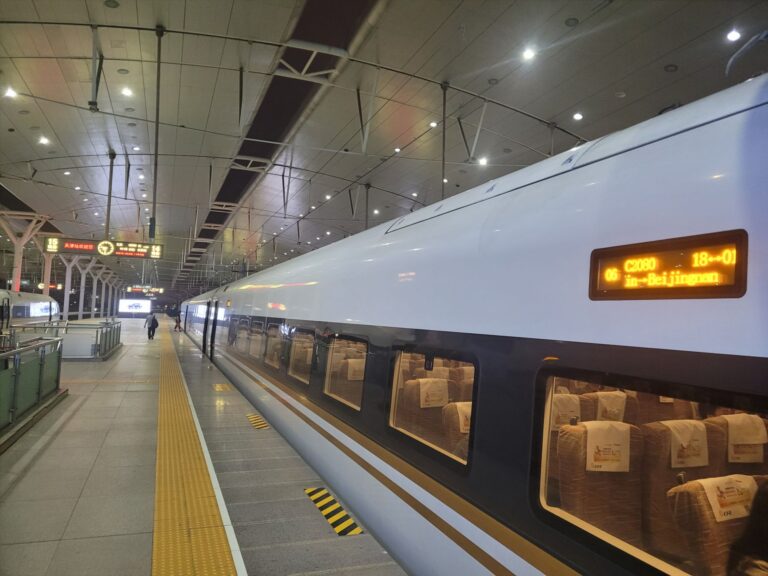Planning a trip to Lijiang? Our complete Lijiang travel guide covers your 4-day itinerary, Jade Dragon Snow Mountain tips, what to eat, and a day trip to Shaxi.
Welcome to Lijiang (丽江), one of Yunnan’s most celebrated destinations and a true cornerstone of any trip to southwest China. A celebrated UNESCO World Heritage site, Lijiang is a captivating blend of ancient history, unique Naxi minority culture, and one of the most dramatic mountain landscapes in the world: the iconic Jade Dragon Snow Mountain.
This guide is designed to give you clear, actionable advice on how to get here, where to stay, what to eat, and how to structure your time. We’ll cover the must-see sights in Lijiang itself and include details for a day trip to the beautifully preserved Shaxi Ancient Town. Use this as your starting point for an unforgettable adventure.
🚗 How to Get to Lijiang
Getting to this highland hub is straightforward, with convenient options by both air and rail. When choosing, consider both travel time and ticket prices.
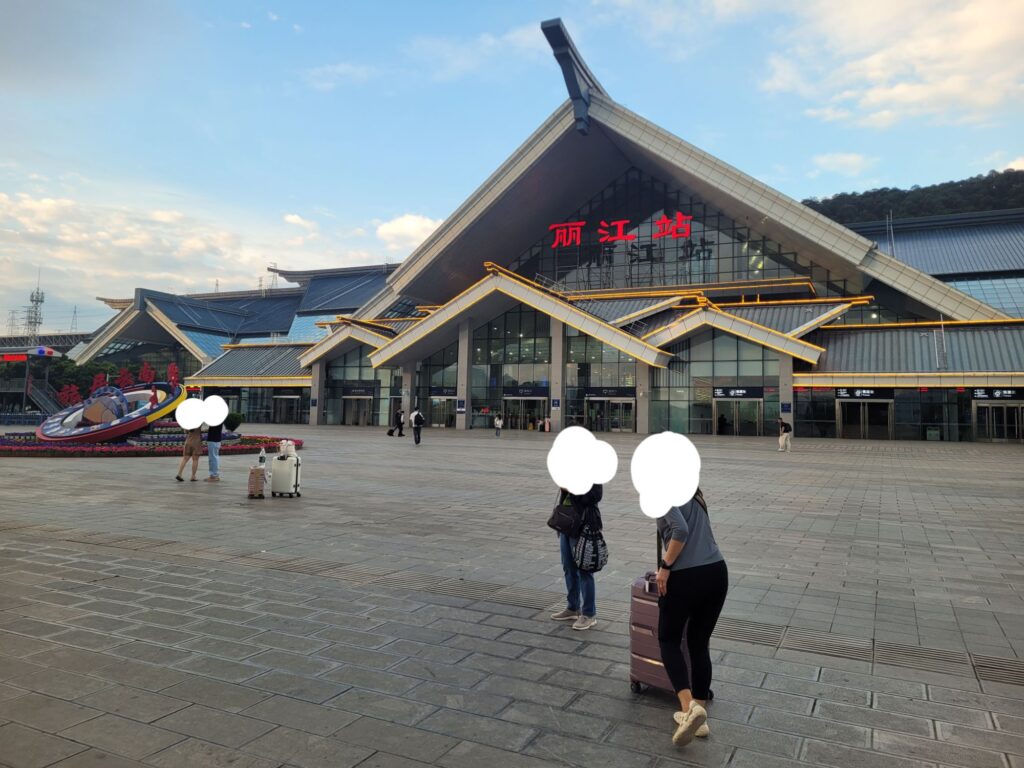
✈️ By Air
Lijiang has its own airport, Lijiang Sanyi Airport (LJG).
From the Airport: The most economical way to get to the city is the official airport shuttle bus. It costs 20 RMB per person, with buses departing every 40 minutes for the 40-minute journey to Lijiang Ancient Town’s North or South Gates.
🚄 By Train
The high-speed train is an excellent and popular way to reach Lijiang (and my first choice), connecting it efficiently with other key destinations in Yunnan like Kunming (about 3 hours) and Dali (about 1.5 hours). Lijiang’s train station is located in the modern part of the city.
From the Train Station: Didi (China’s ride hailing service) is easily avaliable from the train station. Alternatively, several public bus routes will take you directly to the ancient city area. Look for Bus Route 4, 18, or 26 heading towards Zhongyi Market (忠义市场). The fare is just 2 RMB, and the journey takes around 50 minutes.
📍 Where to Stay in Lijiang: A Guide to the Best Areas
Your home base will define your Lijiang experience. Here are the three main areas to choose from, each with a distinct personality.
Lijiang Ancient Town (大研古镇, Dàyán Gǔzhèn)
Best for: First-time visitors, nightlife lovers, and those who want ultimate convenience.
The Vibe: This is the bustling, vibrant heart of Lijiang. You’ll be steps away from countless restaurants, shops, and bars.
Sub-Areas to Consider:
- Central: Home to popular spots like Sifang Street and the bar street, perfect if you enjoy a lively atmosphere.
- South: Close to Zhongyi Market for great food options and convenient transport. It’s also a pick-up point for some snow mountain shuttles.
- West: A more prosperous area with mid-to-high-end guesthouses offering great views of both the ancient town and the mountains.
Keep in Mind: It can be noisy at night, and vehicles cannot enter the core area. Be prepared to pull your luggage over cobblestone streets which can be challenging given the terrain.
I want to give a shout out to the place I stayed at – Lijiang Park Designer (this is not an affiliate link nor do I earn any profit from this). The host was extremely hospitable and receptive to questions and was always present. I could tell he genuinely enjoys interacting with guests and it’s not common to see that nowadays.
Shuhe Ancient Town (束河古镇, Shùhé Gǔzhèn)
Best for: Travelers seeking a quieter, more relaxed atmosphere.
The Vibe: Shuhe feels like Lijiang’s calmer younger sibling. It shares the same beautiful Naxi architecture and canals but with fewer crowds and a more laid-back pace. It was once a key post on the Tea Horse Road and is free to enter.
Baisha Ancient Town (白沙古镇, Báishā Gǔzhèn)
Best for: Cultural immersion, tranquility, and direct mountain views.
The Vibe: Baisha is the most rustic and authentic of the three towns. This was the original seat of the Naxi Kingdom and remains wonderfully uncommercialized. Many guesthouses here offer rooms with direct snow peak views. Staying near the town archway is great for catching the sunrise.
🛵 Getting Around Lijiang: A Logistics Guide
Navigating the Ancient Towns
The ancient towns are built for wandering. The absolute best way to explore their labyrinthine alleys is simply by foot. The core areas are largely pedestrianized, so comfortable shoes are a must. Beware of the slippery cobblestones, I almost fell down a few times. Additionally, if you have limited mobility, you may only be able to explore the peripheries of the towns as no vehicles are allowed within it.
Exploring the Greater Lijiang Area
To travel between the towns and other attractions, you have several good options:
- Taxis & Ride-Hailing: Didi (China’s Uber) and regular taxis are available 24/7 and are the most convenient way to get around. Lijiang is a city that never sleeps, so you’ll never have to wait long.
- Tourist Special Lines: These fixed bus routes are designed to connect the main tourist spots. For example, the Lijiang Tourism Direct Bus costs 10 RMB for routes between Lijiang, Shuhe, and Baisha.
- Public Buses: While cheap, be aware that local bus departure times can be inconsistent. It’s a good idea to check arrival times on a local transport app in advance to avoid long waits.
- Shared Bicycles: In the modern city areas outside the ancient town walls, shared bikes are a great way to cover shorter distances.
- Self-Driving: Renting a car offers the most flexibility, allowing you to stop and admire the scenery whenever you please.
✨ Lijiang’s Top Attractions: An Introduction
Lijiang is packed with world-class sights, from historic towns to sacred peaks. While it’s impossible to cover them all in depth here, this is a quick introduction to the absolute must-sees. For detailed visitor information, opening times, and insider tips, check out our dedicated guides.
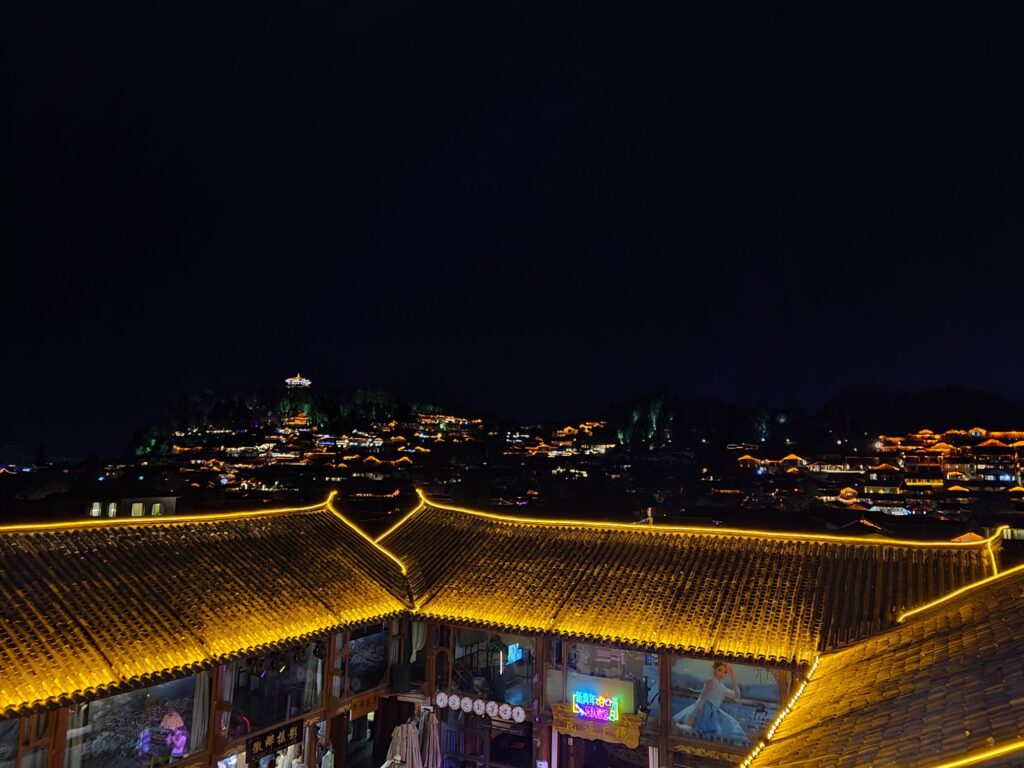
The Ancient Towns: Lijiang, Shuhe & Baisha
The soul of the region is its three ancient towns. Lijiang Old Town (Dayan) is the famous, bustling hub with iconic spots like the Big Water Wheel (大水车) and Sifang Street (四方街); Shuhe is its quieter, more relaxed sibling; and Baisha is the authentic, rustic heart of Naxi culture.
Read our complete guide to Lijiang’s Ancient Towns here. (coming soon)
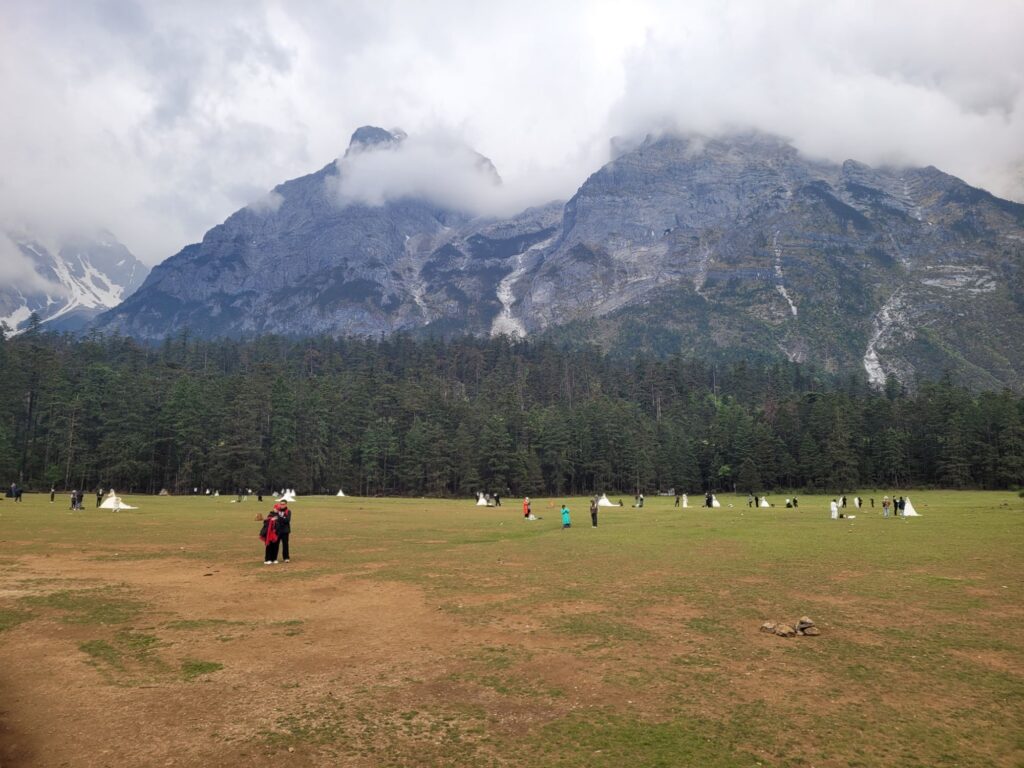
Jade Dragon Snow Mountain (玉龙雪山, Yùlóng Xuěshān)
The unforgettable, sacred mountain that watches over Lijiang. A trip here involves ascending to the heavens on the Glacier Park cable car and visiting the impossibly blue waters of Blue Moon Valley. It’s an absolute highlight of any trip to Yunnan.
Read our complete visitor’s guide to Jade Dragon Snow Mountain here. (coming soon)
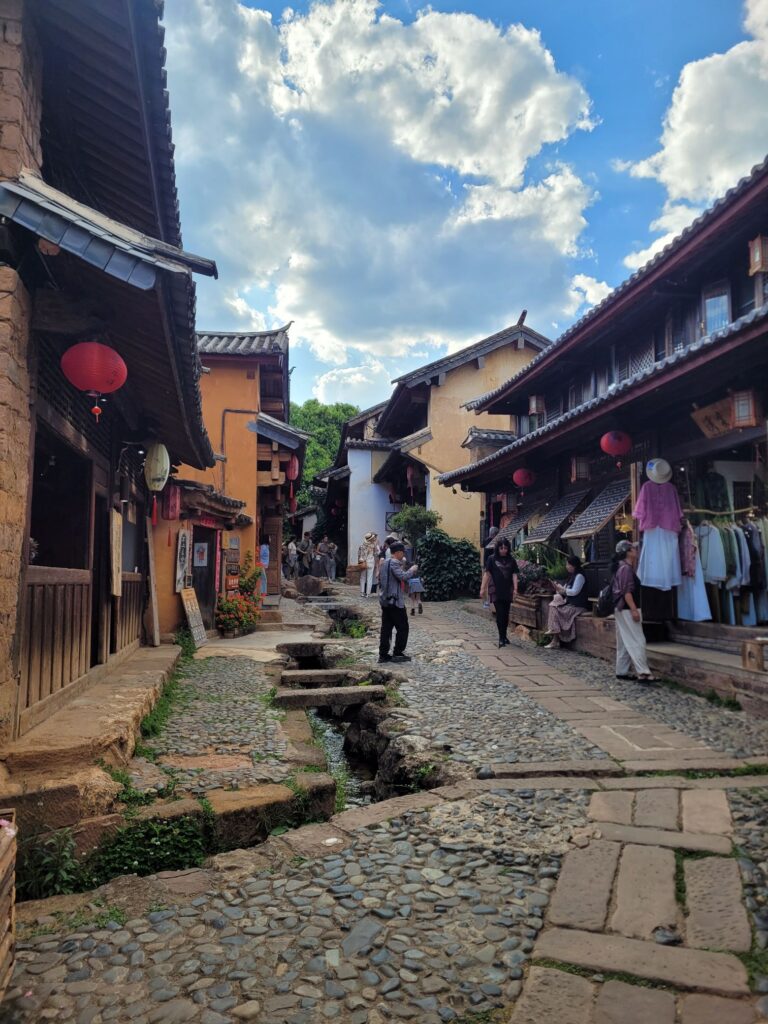
A Trip to Shaxi Ancient Town
If you have an extra day and a desire to see one of the most beautifully preserved market towns on the ancient Tea Horse Road, a trip to Shaxi (沙溪古镇) is unforgettable. Often described as what Lijiang was like decades ago, Shaxi is a tranquil haven of cobblestone squares, traditional architecture, and a palpable sense of history. It’s a true escape from the crowds and a chance to experience a quieter, more poetic side of Yunnan.
For a complete breakdown of how to get there, what to see, and where to eat, don’t miss our dedicated guide.
Read our full guide on making the perfect day trip to Shaxi Ancient Town here. (coming soon)
🍜 A Food Lover’s Guide to Lijiang
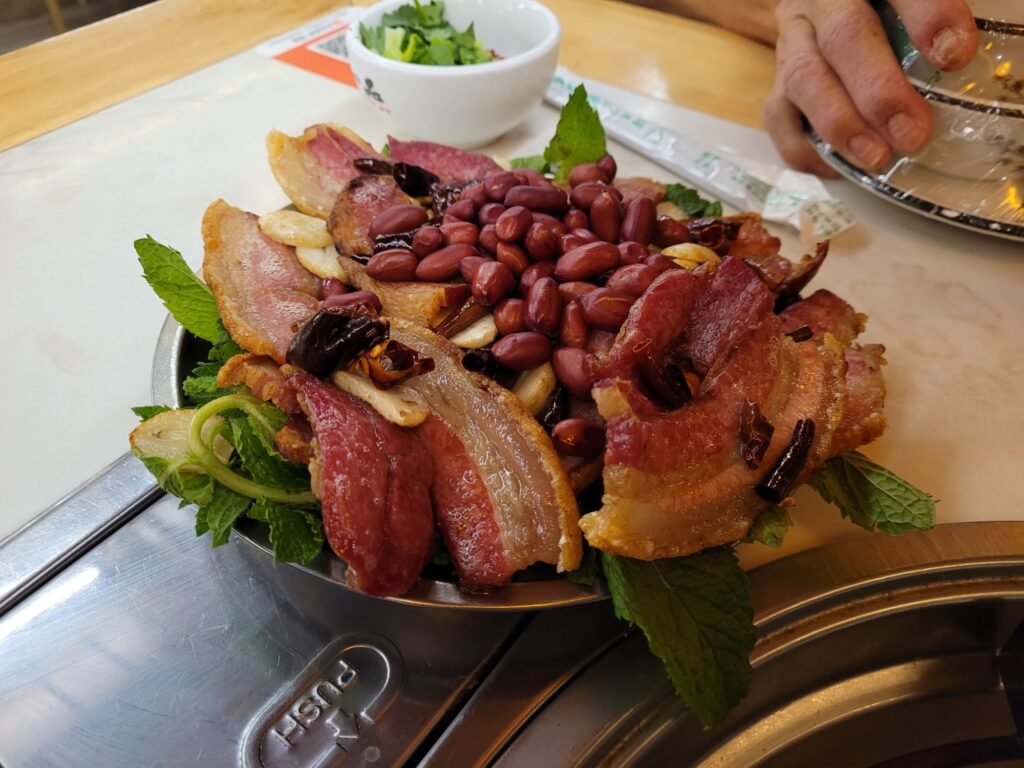
Yunnan cuisine is fantastic, and Lijiang has its own delicious local specialties. You can find many of these at street stalls in Zhongyi Market.
- Lijiang Cured Pork Rib Hotpot (腊排骨火锅, làpáigǔ huǒguō): Salty, savory cured pork ribs simmered in a rich broth with vegetables. The ultimate Lijiang comfort food.
- Wild Mushroom Hotpot (野生菌火锅, yěshēngjūn huǒguō): A Yunnan classic. A bubbling pot filled with a huge variety of fresh, local wild mushrooms.
- Naxi Grilled Fish (纳西烤鱼, nàxī kǎoyú): A whole fish stuffed with herbs and spices, then grilled until crispy.
- Chicken Pea Jelly (鸡豆凉粉, jīdòu liángfěn): A unique local snack made from chicken peas, served cold and often dressed with a sour and spicy sauce.
- Lijiang Baba (丽江粑粑, lìjiāng bābā): A thick, flaky flatbread that comes in both sweet and savory versions.
- Flower Pastry (鲜花饼, xiānhuā bǐng): A delicate, sweet pastry filled with edible rose petals. Best eaten fresh and warm.
- Fried Potatoes (炸洋芋, zhá yángyù): A simple but addictive street food snack of fried potato chunks tossed with chili and spices.
- Roast Milk Fan (烤乳扇, kǎo rǔshàn): A unique local cheese, stretched thin and roasted over charcoal, often brushed with sweet sauce.
- Sour Soup Yak Beef (酸汤牦牛肉, suāntāng máoniúròu): A tangy and appetizing hotpot featuring tender slices of yak beef in a sour broth.
🗓️ A Flexible 4-Day Lijiang Itinerary
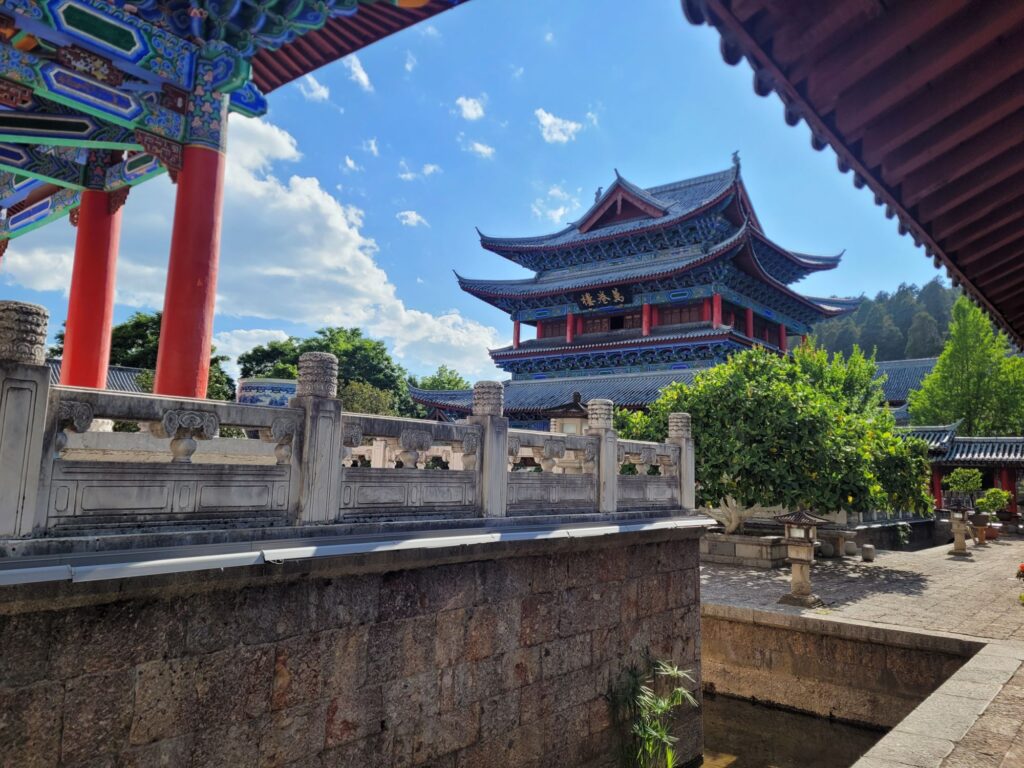
Use this itinerary as a template. Feel free to swap days or spend more time where you feel most drawn.
Day 1: Lijiang Ancient Town & History
- Morning: Arrive and settle in. Begin exploring Lijiang Ancient Town, starting at the Big Water Wheel (大水车). Wander south to Sifang Street (四方街), the town’s lively central square.
- Afternoon: Visit the magnificent Mu Palace (木府) (Entrance: 40 RMB). Afterwards, hike up Lion Mountain (狮子山) to the five-story Wangu Tower (万古楼) (Entrance: 35 RMB) for stunning panoramic views of the sea of rooftops.
- Evening: Explore the famous Bar Street or find a quieter spot to listen to folk music. Don’t miss the photogenic Xianwen Alley (现文巷), known for its colorful oil paper umbrellas.
Day 2: The Majestic Jade Dragon Snow Mountain
- Morning: Get an early start for your full-day trip. A general mountain entrance ticket costs 100 RMB. Head straight for the Glacier Park Cable Car (140 RMB round trip) to ascend to 4506 meters. Remember to book your ticket the night before!
- Afternoon: Descend and take the scenic area bus to Blue Moon Valley (蓝月谷). Its surreal blue water is best on a sunny day. Access is included with your mountain ticket.
- Evening: Return to Lijiang for a well-deserved, hearty meal. A Lijiang Cured Pork Rib Hotpot is the perfect way to warm up and refuel.
Day 3: Quiet Culture in Shuhe & Baisha
- Morning: Take a short taxi ride to Shuhe Ancient Town. Explore its quieter streets, browse the artisan shops, and learn about its history on the Tea Horse Road.
- Afternoon: Continue north to Baisha Ancient Town. Visit the famous Baisha Murals (白沙壁画) and then find a rooftop cafe for that perfect “rooftop with snow mountain” shot.
- Evening: You can choose to have a peaceful dinner in Baisha or Shuhe, or head back to Lijiang Old Town for more options.
Day 4: Day Trip to Timeless Shaxi
- Morning: Start early for your day trip to Shaxi Ancient Town. The journey itself, via Jianchuan, is an adventure through the Yunnan countryside.
- Afternoon: Spend your time exploring Shaxi’s compact and beautifully preserved center. Walk around Sideng Square, cross the old bridge, and browse the small shops.
- Evening: Head back to Lijiang in the late afternoon. Have a final celebratory dinner.
✅ Crucial Travel Tips and What to Avoid
What to Pack and Wear
- Layers are Essential: The temperature can change drastically between day and night. Pack layers, including a warm jacket or fleece.
- Serious Sun Protection: The high altitude means very strong UV radiation. Sunscreen (SPF 50+), a wide-brimmed hat, and sunglasses are absolutely non-negotiable.
- Comfortable Shoes: You will be walking for miles on uneven cobblestone streets. Prioritize comfort over everything.
Important Tips for a Smooth Trip
- Prepare for Altitude: Lijiang sits at 2,400 meters (7,875 ft). To avoid altitude sickness, take it very easy on your first day, stay hydrated, and avoid strenuous activity. Buy oxygen bottles in a Lijiang city pharmacy before going to the snow mountain, they cost about 10 RMB, compared to 60+ RMB in the scenic area. Consider renting a down jacket at the mountain base (around 50 RMB) if you need one.
- Book Everything in Advance: During peak season, book hotels, train tickets, and especially the Jade Dragon Snow Mountain cable car tickets far in advance.
- Be a Smart Shopper: Be cautious when buying expensive goods like silver jewelry. Bargaining is common and expected in many market stalls, but always be respectful. Avoid low-priced tours, as they often have hidden costs or lead to a superficial experience.
- Stay Hydrated & Healthy: The air is dry, so drink plenty of water. Pack a power bank, any personal medications, and perhaps some stomach-related medicine just in case.
❓ Frequently Asked Questions (FAQ) for the Lijiang Travel Guide
How many days are enough for Lijiang?
4 days is ideal. This gives you one day for the main ancient town, one for the snow mountain, one for the other ancient towns (Shuhe/Baisha), and one for a day trip to Shaxi. 3 days is possible if you skip Shaxi.
What is the best time to visit Lijiang?
The best times are spring (March to May) and autumn (September to November). During these months, the weather is mild, the skies are generally clear (giving you the best chance for mountain views), and you avoid the summer monsoon rains and winter chill.
Is Lijiang expensive?
Lijiang can accommodate all budgets. Food and transport are generally affordable. The biggest single costs will be attraction tickets and the Jade Dragon Snow Mountain cable car.
How do I book the Jade Dragon Snow Mountain cable car?
You must use the official WeChat mini-program called “丽江旅游集团“. Tickets for the main Glacier Park cable car are released at 8:00 PM the night before travel. They sell out extremely fast, so be ready to book right at 8 PM sharp.
Is Shaxi Ancient Town worth the trip?
Absolutely, but only if you have the time (at least 4 days in the region) and appreciate quieter, more authentic destinations. If you are short on time or prefer more action, you might want to stick to the three towns in Lijiang proper.
Conclusion: Your Lijiang Adventure Awaits
Lijiang is a place of incredible depth, offering a journey through history, culture, and nature. From the bustling alleys of its famous ancient town to the serene presence of its sacred mountain and the timeless charm of nearby Shaxi, it’s a destination that leaves a lasting impression. With this guide in hand, you’re ready to plan a practical and truly memorable trip.
Have a question or a Lijiang tip of your own? Share it in the comments below!
Looking for an overview to the region of Yunnan prior to your trip? Look no further than here!


